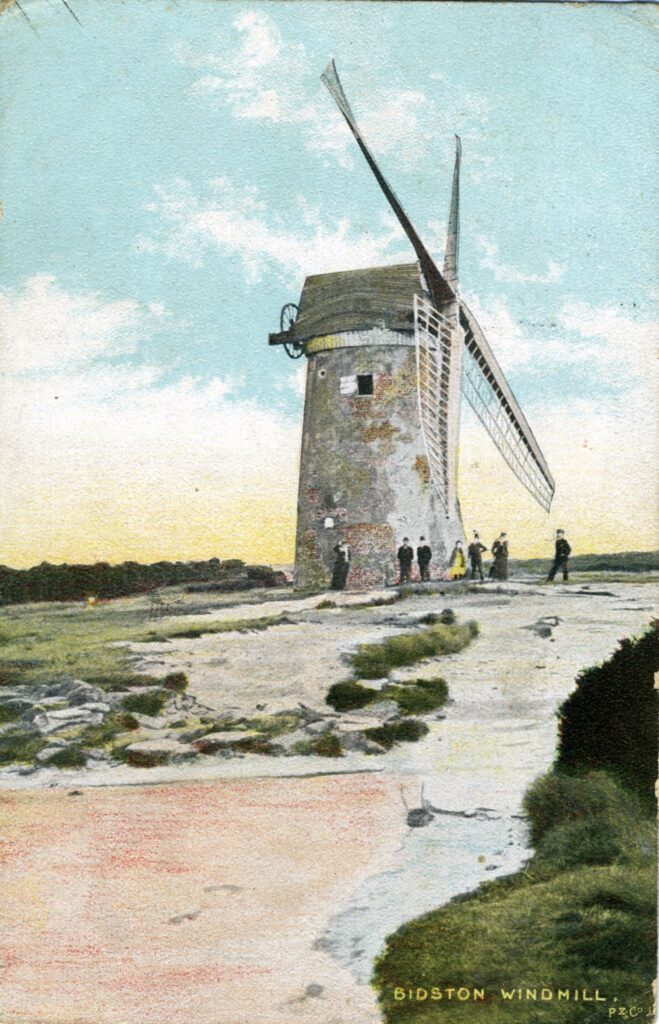
From Quern to Computer; a history of flour milling by Martin and Sue Watts covers a wide range of topics and Chapter 15 is the...
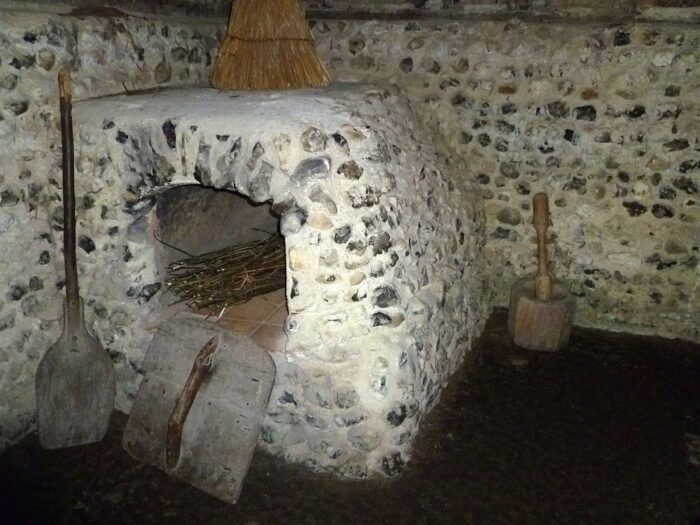
From Quern to Computer; a history of flour milling by Martin and Sue Watts covers a wide range of topics and Chapter 14 is...
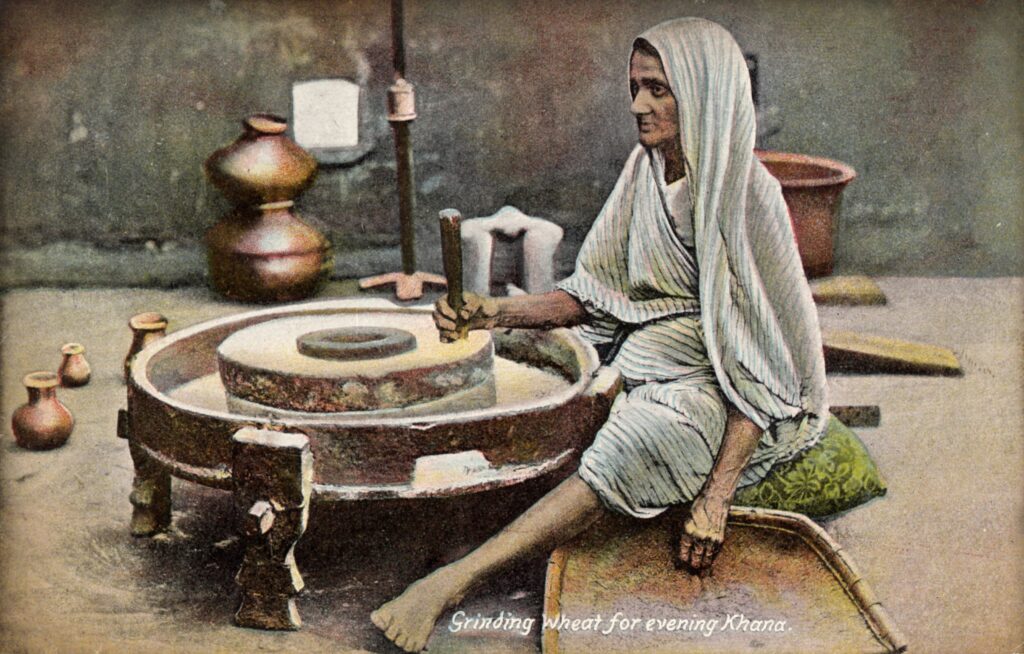
From Quern to Computer; a history of flour milling by Martin and Sue Watts covers a wide range of topics and...
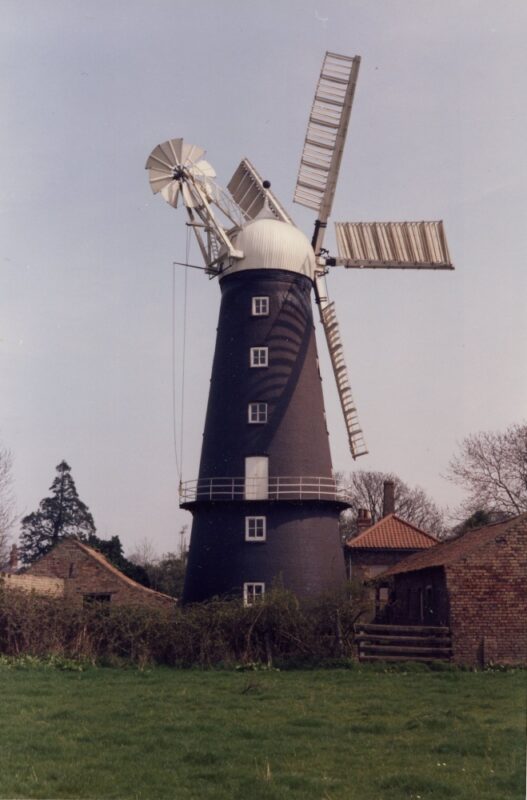
From Quern to Computer; a history of flour milling by Martin and Sue Watts covers a wide range of topics and...
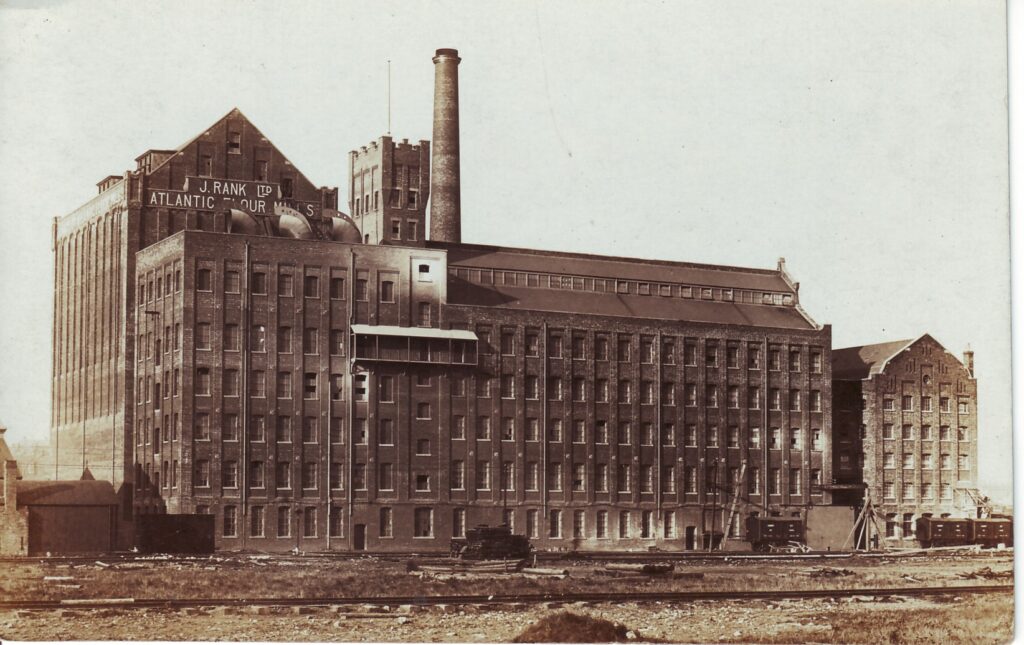
From Quern to Computer; a history of flour milling by Martin and Sue Watts covers a wide range of topics and this...
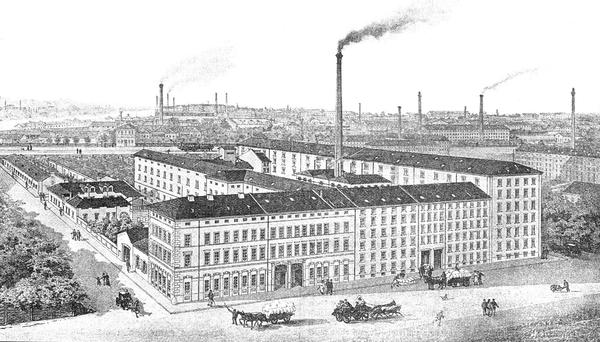
From Quern to Computer; a history of flour milling by Martin and Sue Watts covers a wide range of topics and this...
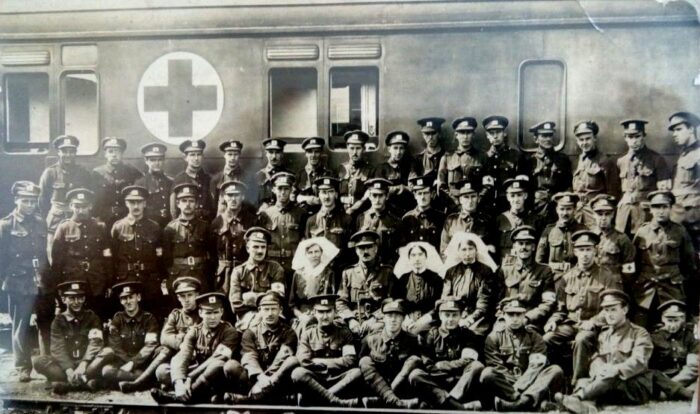
By Ron and Mildred Cookson With Remembrance Sunday next weekend, this week’s newsletter is devoted to the varied roles played...
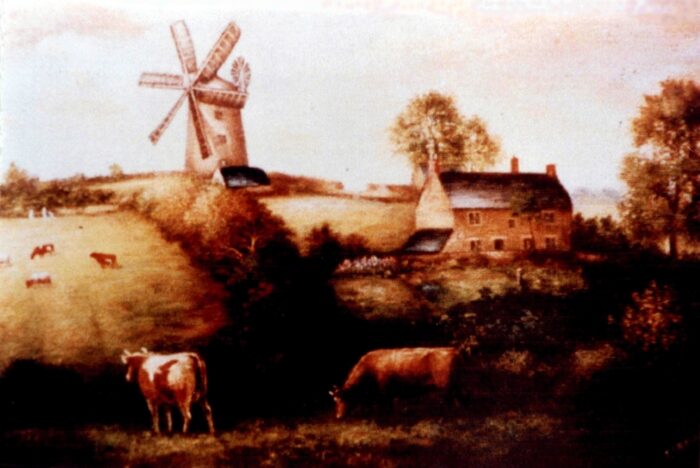
From Quern to Computer; a history of flour milling by Martin and Sue Watts covers a wide range of topics...
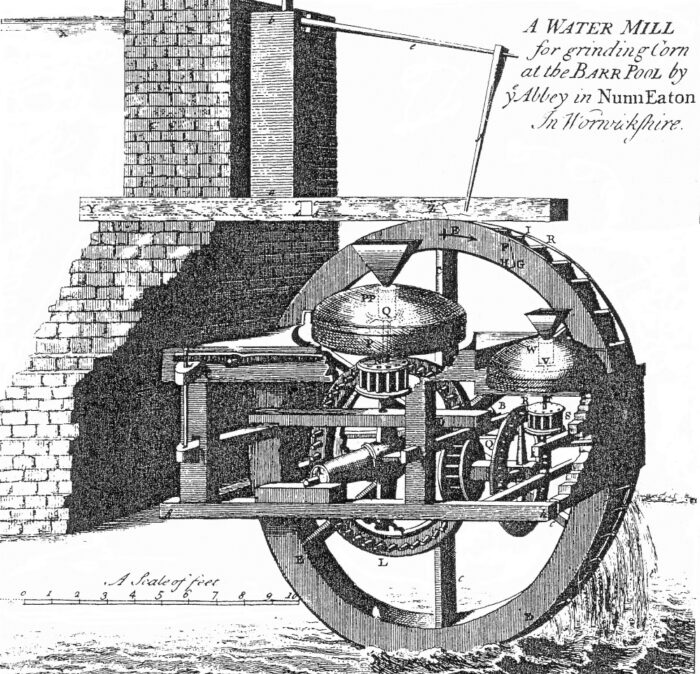
From Quern to Computer; a history of flour milling by Martin and Sue Watts covers a wide range of topics and...

From Quern to Computer; a history of flour milling by Martin and Sue Watts covers a wide range of topics...
Catgerories